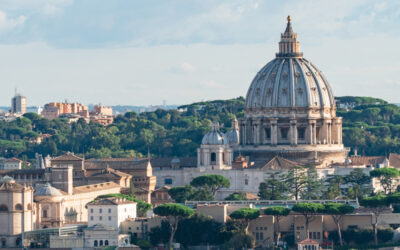
Article

Visit the Alps, and you will want to return again and again. Trek iconic trails such as the Tour of Mont Blanc and Chamonix to Zermatt. Or seek out quieter, special places where the modern world can be left behind, and enjoy their wild landscapes, still carved by glaciers. Stretching in a graceful arc across Europe, these amazing mountains offer summer walks and treks and winter activities of every sort.
51 Books Available
28 Articles Available